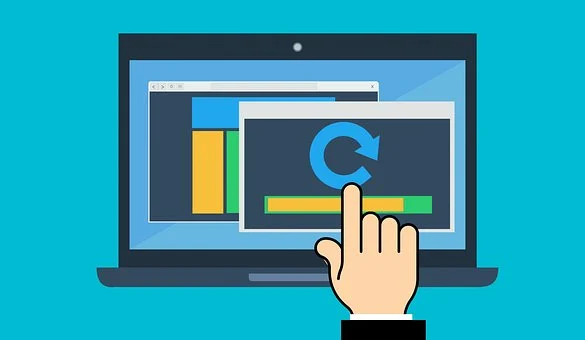
The human resource department is the backbone of every institution. The department controls various company programs such as the recruitment of workers, payrolls, and solves conflicts. Sometimes, a human resource manager’s work can be exhausting, prompting companies to implement the HR system.
The HR system is software that performs the same duties as the human resource manager, but it is faster and more efficient. However, implementing such a system is not an easy task. It requires a massive overhaul of the company to determine whether the system can be integrated into the organization. Replacing the old HR with a new system requires time and extensive planning to ensure that the implementation process is smooth.
A company must also allocate adequate finances since these systems are expensive to acquire and integrate into the organization.
Planning
Planning is the first step towards integrating a new HR System in the company. It involves defining the company’s objectives on why it needs a new HR system.
The project plan should consist of the various problems that the new system will fix, the budget needed to install the system, the system’s functions, and the implementation timeline. The plan should also indicate a comparison of the old HR with the new system to determine any differences.
Shareholder Involvement
A new HR system implementation plan can only be successful if all the stakeholders know the new proposed changes. These are the people financing the acquisition of the new system, which means that they should have a mental picture of how much the implementation will cost. These people will also be using the new system, so keeping them in the loop makes the implementation easier.
Formation of a Project Team
The main aim of the project team is to assess the HR system and aid in its implementation. The team provides a diverse range of perspectives, experiences, and opinions related to the system’s implementation. It will also look at how the system will help the business in meeting its long-term objectives.
Evaluate Various HR System Options
When choosing a good HR system, one must look at the various options available in the market. A good system should efficiently help in managing your human resource needs without any anomalies arising. Its implementation process should be flawless and easy to understand. Each system has specific functions that must mirror the company’s needs.
Process Implementation Map
After identifying a specific system, someone must update the project plans and timelines with the parameters of the chosen system. The process implementation map must follow the following phases:
- Preparation — It involves consulting with other stakeholders and knowing how their chosen system works. The preparation stage entails looking at the scope of the system and breaking it into several components that are key to the company’s goals.
- Implementation — It entails testing the new system and analyzing whether it is working flawlessly.
- Going live — This stage entails testing the system and analyzing its performance in the human resource Department.
- Post-live evaluation — The post-live evaluation involves auditing the performance of the system and analyzing its effectiveness.
Execute the Implementation map
After the implementation map has been defined, it is time two implement the system in the company. The system should be implemented in phases to ensure that various adjustments can be made before moving forward with the implementation plan. It also entails analyzing the metrics of the system and determining whether it can be optimized to meet the company’s goals. The implementation stage is where the company evaluates whether the human resource system can be applied in the firm on a long-term basis.
Post-live Training
Once the human resource system is running, it is imperative to train the workers on how to use it. When the downtime between the system going live and its implementation is high, it becomes expensive to apply the HR system. A company should always outsource this training to ensure that the workers are familiar with how the human resource system works.
Testing the Human Resource System

The last step of replacing the old HR with the new system involves testing the new system to ensure it meets the company’s objectives. It also involves identifying whether the system solves the problems defined before its implementation. For example, if the system was introduced to improve the payroll procedure, the company must assess whether it solves this problem.
The HR system is an improved version of the human resource manager. Its processes are fast and do not make mistakes, providing smooth operations in the company. The HR system ensures that all human resource information is centralized and easily accessible. Most companies are implementing such systems because they are the future of the human resource department. With technology improving at an alarming rate, expect better systems in the future.


